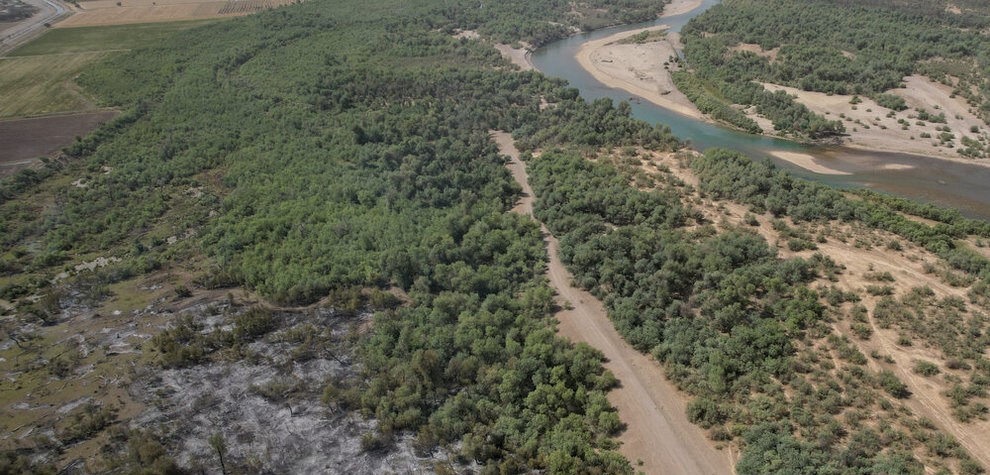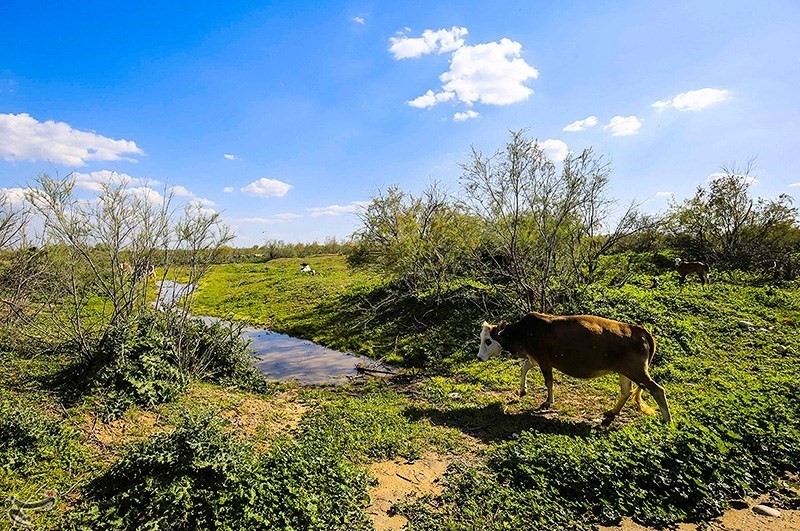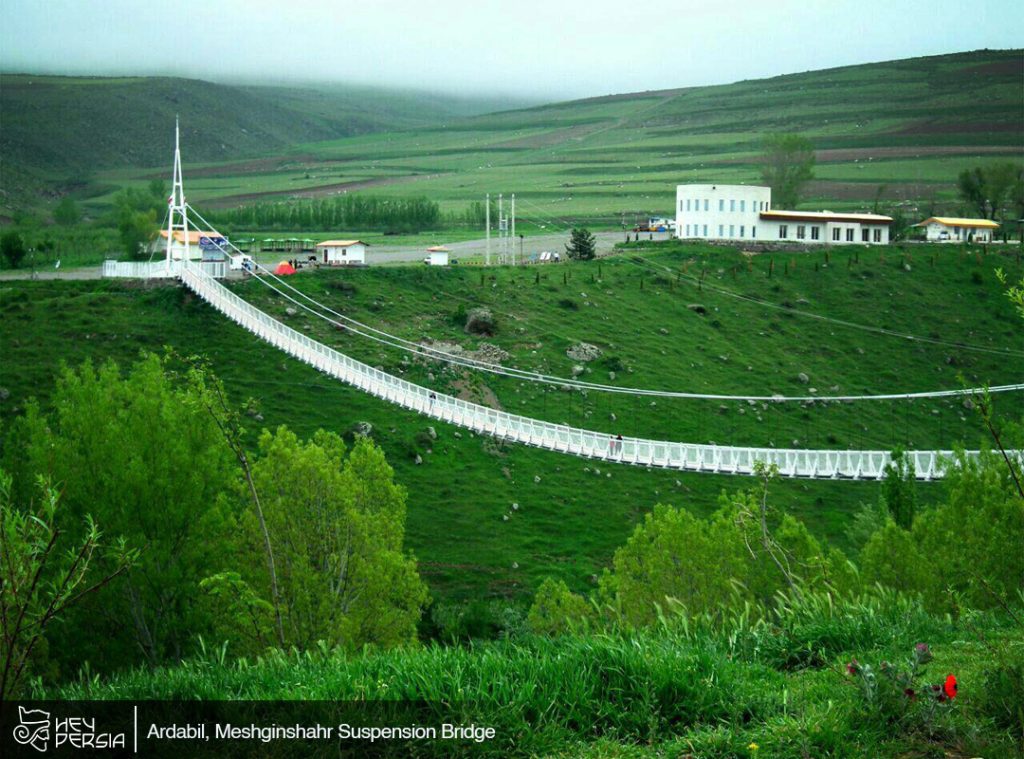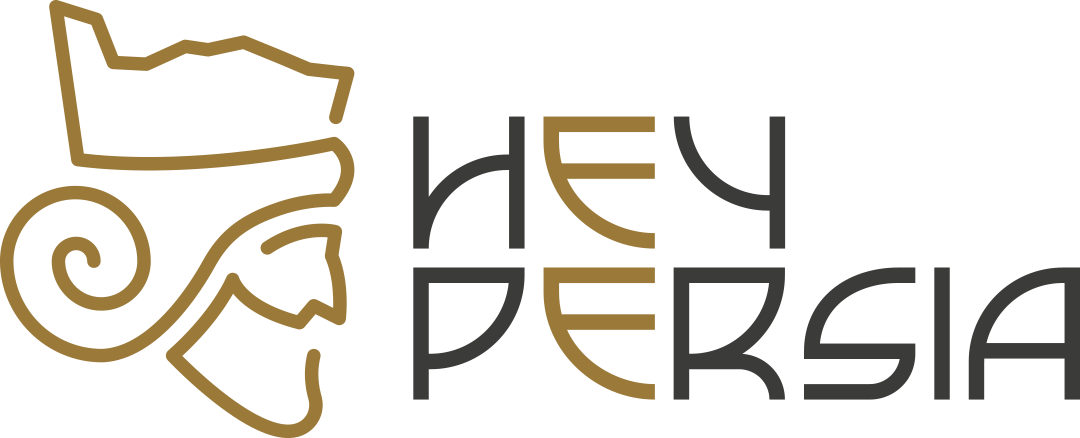One of the tourist attractions of the city of Shush in Khuzestan is Karkheh Protected Area In Iran, which is 5 km from the Shush-Ahvaz transit road. Apadana Hill, Acropolis Hill and Susa Castle are located near this vast area of 10,000 hectares. If you like to learn more about Karkheh collection, stay with us on Hey Persia blog.
Where is the protected area and Karkheh Protected Area In Iran?
The protected area of Karkheh is 10763 hectares on the side of the Shush-Ahvaz transit road, about 5400 hectares of this almost flat area is to the wildlife sanctuary of Karkheh. The protected area of Karkheh is located at an altitude of 30 to 80 meters and its shelter is at the same height of 50 meters from the sea level.
In the heart of the sanctuary, there is the winding and famous Karkheh river and on its edge, there is a narrow forest 180 km long. This forest starts from the northwest of the city of Shush and after passing through the west of the city, it continues to the village of Elhaye and finally to the village of Halaf. The best access route to Karkheh protected area is Andimshek-Ahvaz Taraziti road. In addition, Ahvaz-Dezful asphalt road is also located near the Karkhe River and it is possible to access it through the east coast.

Introducing Karkheh Protected Area In Iran
Karkheh protected area, one of the main habitats of Iranian yellow deer, was under protection since 1346. A part of this area of 10,763 hectares with an area of 5,422 hectares was as a wildlife sanctuary in 1354. Unfortunately, these days, the habitat of the Iranian yellow deer, one of the endangered species in the world, is not in a good condition! According to the report of “Iran Environment and Wildlife Observer”, out of 330 Iranian yellow deer that were in this region in 2006, only 30 of them are left in Ashk Island of Karkheh Wildlife Sanctuary, and Iranian yellow deer are one step away from extinction. are located!
Iranian yellow deer in Karkheh Protected Area In Iran
Iranian yellow deer is bigger than Shuka but smaller than Meral and has white spots on its back and sides. This nocturnal animal has strong eyesight and swims well in water. Karkhe Wildlife Sanctuary is an almost flat area, with Mahori hill in the northern part and a small plain in the southern part. Karkhe river passes through the shelter and on both sides there are tropical forests with a limited width. Despite the average temperature of 23 degrees and the amount of rainfall of 240 mm, it can be said that the climate of Karkheh region is dry and hot desert, and its most characteristic vegetation is the Gaz tree.
Among the other important plant species of the protected area and the Karkheh wildlife sanctuary, we can mention pede, reed, mesquite, raspberry, serim, bangle, jaz, reed, and snake grass. Hence, Apart from the Iranian yellow deer, the other main animals of Karkheh region are: sheng, wild cat, boar, hyena, filoosh, drake, lunar, Hey Persia feeding fish, red and small breast, fruit eater, river sparrow, Haq chicken, Shahbaz, Two-brother eagle, mallard ducks, all kinds of snakes, all kinds of fish and migratory birds.

Conclusion
Karkheh Wildlife Sanctuary and Protected Area is one of the natural attractions of Khuzestan province, which is located a short distance from the city of Shush. This almost flat area is located near the tomb of Hazrat Daniyal Nabi. Additionally, Read more about Susa Castle, the most luxurious archaeological site in the Middle East! If you also have more information about this pristine attraction of our country, you can write it in the comments and suggestions section and share it with us. Thank you in advance for your cooperation.
Finally, Hey Persia tourism magazine has established with the aim of familiarizing Iranians with the natural-historical tourist attractions of our beautiful country. If you also want to know more about the sights of our vast country, register on the Hey Persia site and get to know the most important events and tourist places of our country.





